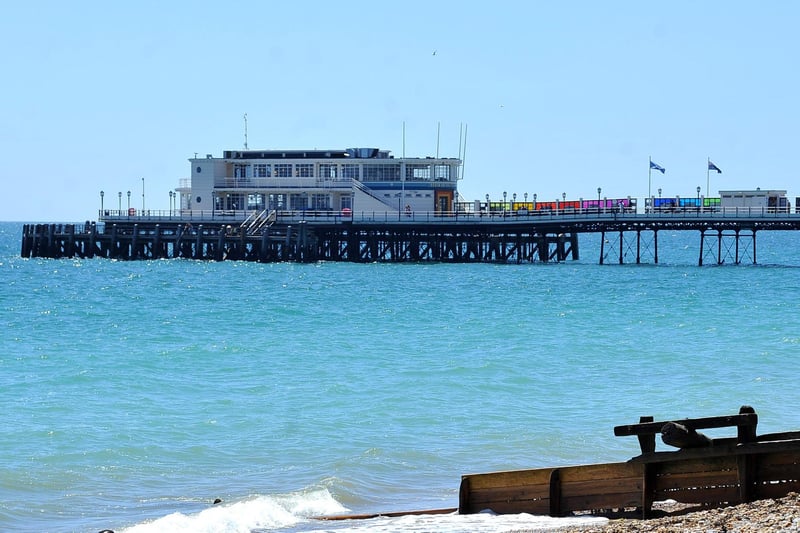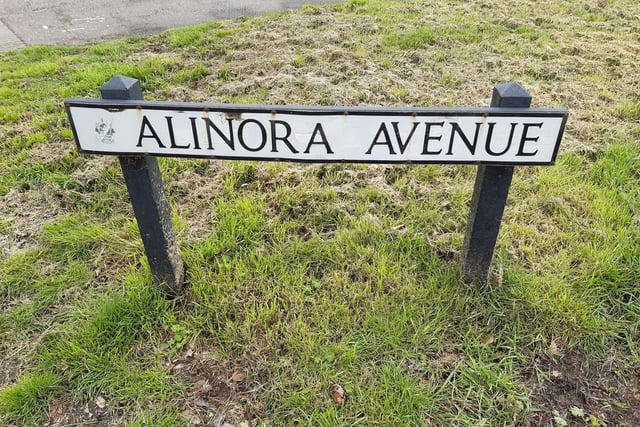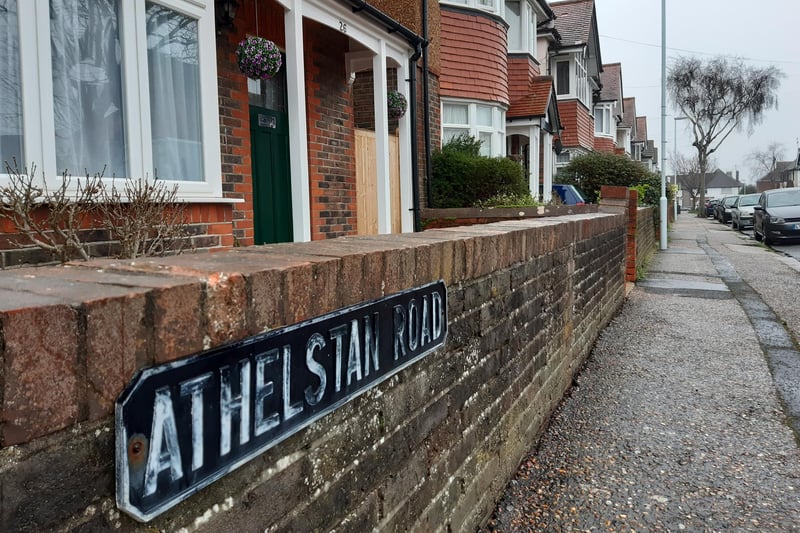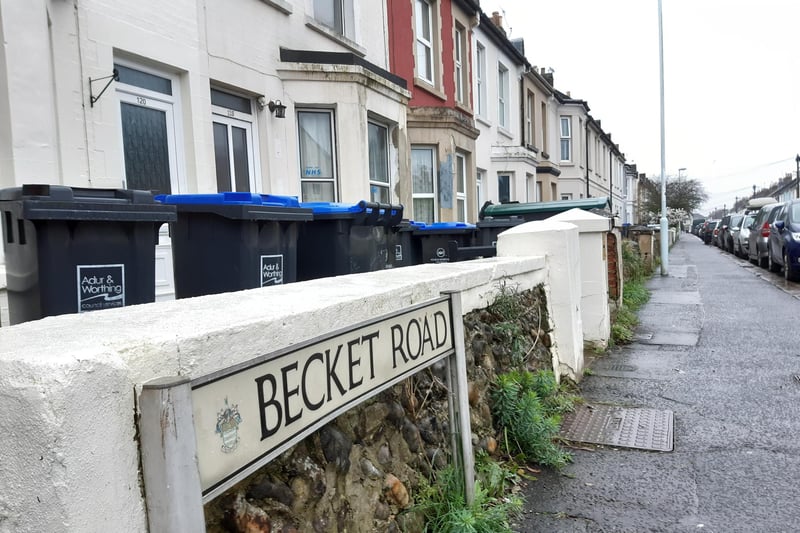The name has evolved over time, changing from Wurddingg to Wurthing, Worthinges and then Wyrthyng. The name is thought to combine Worth, meaning valiant and noble, with ingas, meaning 'people of' in Saxon times.
But what about roads within Worthing? There are many historical reasons for the naming of roads and through many of them, we are reminded of some key figures and events associated with the town.

1. Worthing
The name Worthing is thought to combine Worth, meaning valiant and noble, with ingas, meaning 'people of' in Saxon times. Photo: S Robards SR2206152

2. Alinora Avenue
Alinora Avenue, Alinora Crescent, Smugglers Walk and Moat Way are all linked to a former landowner. Claud Moat owned Smuggler’s Farm in Goring and the cottage is now a Grade II listed building in Smugglers Walk. He generously donated land for St Laurence’s Church, in Sea Place. This 'chapel-of-ease', built in 1936, is a daughter church of St Mary's, the Parish Church. It has been suggested that Alinora Avenue and Alinora Crescent were named after his daughters, Alison and Nora, while Moat Way honours the man himself. Photo: Elaine Hammond

3. Athelstan Road
Old Kings of England are remembered in Tarring, with Athelstan Road, Ethelwulf Road and Ethelred Road. King Athelstan gave the lands of Tarring to what is now Canterbury Cathedral in 939. Ethelwulf and Ethelred were kings from the same period. Photo: Elaine Hammond

4. Becket Road
Thomas a Becket became Archbishop of Canterbury in 1162 and as such was Lord of the Manor of Tarring until 1170. Many references to him can be found in Worthing, including Becket Road, St Thomas's Road and Canterbury Road. Photo: Elaine Hammond